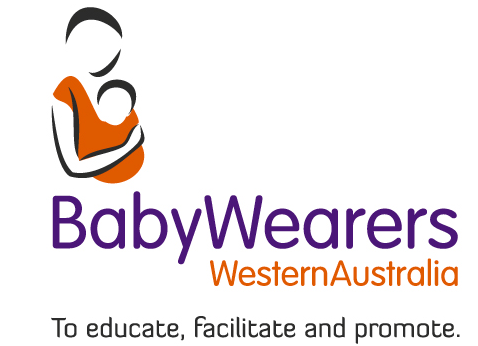Notice of the Annual General Meeting of Baby Wearers Western Australia Incorporated
All current financial members of Baby Wearers Western Australia Inc. are invited to attend and participate in all voting and discussion at the Annual General Meeting for 2025.
This year the AGM will be conducted in person and via Zoom video-conferencing.
Date: Sunday 16 November 2025
Time: 2:00PM
Place: Vic Park Community Space, 10/660 Albany Hwy Victoria Park WA 6100 (entry is from Miller Street)
At the meeting, members will be asked to vote to:
accept the minutes of the last annual meeting
accept the annual report
accept the financial statements
and elect office holders for committee roles.
Members will also have the opportunity to:
find out about the operations and finances of BWWA Inc.
ask questions about the operations and finances of BWWA Inc.
speak about any items on the agenda
vote on any resolutions proposed
Please click the appoint proxy button below if you will not be attending the AGM. In this form you may detail any instruction on how their proxy should vote on your behalf. A proxy must be a current financial member who will be in attendance at the AGM. Proxy appointments must be received by Friday 14 November 2025.
The AGM is also an opportunity to join the managing committee of BWWA Inc. As a small not-for-profit association, BWWA Inc. relies on volunteers to continue to provide its services in the education, facilitation and promotion of baby wearing. Nominations for office holders of committee roles are vital to the continuation of BWWA Inc. There is a range of roles to suit everyone and we welcome all members to nominate for a role. More information about the roles can be found at the website or members may email BWWA Inc. to speak with a current committee member.

